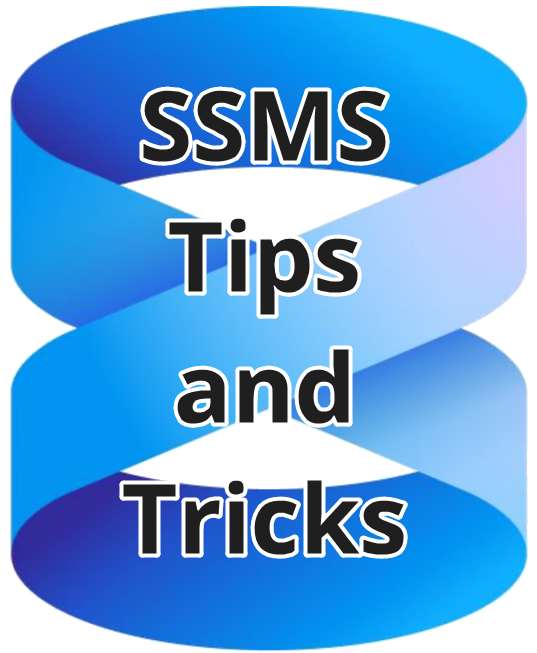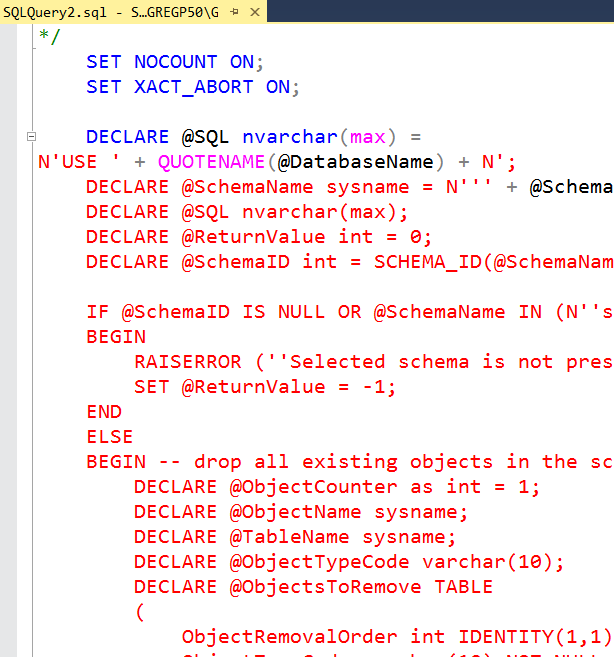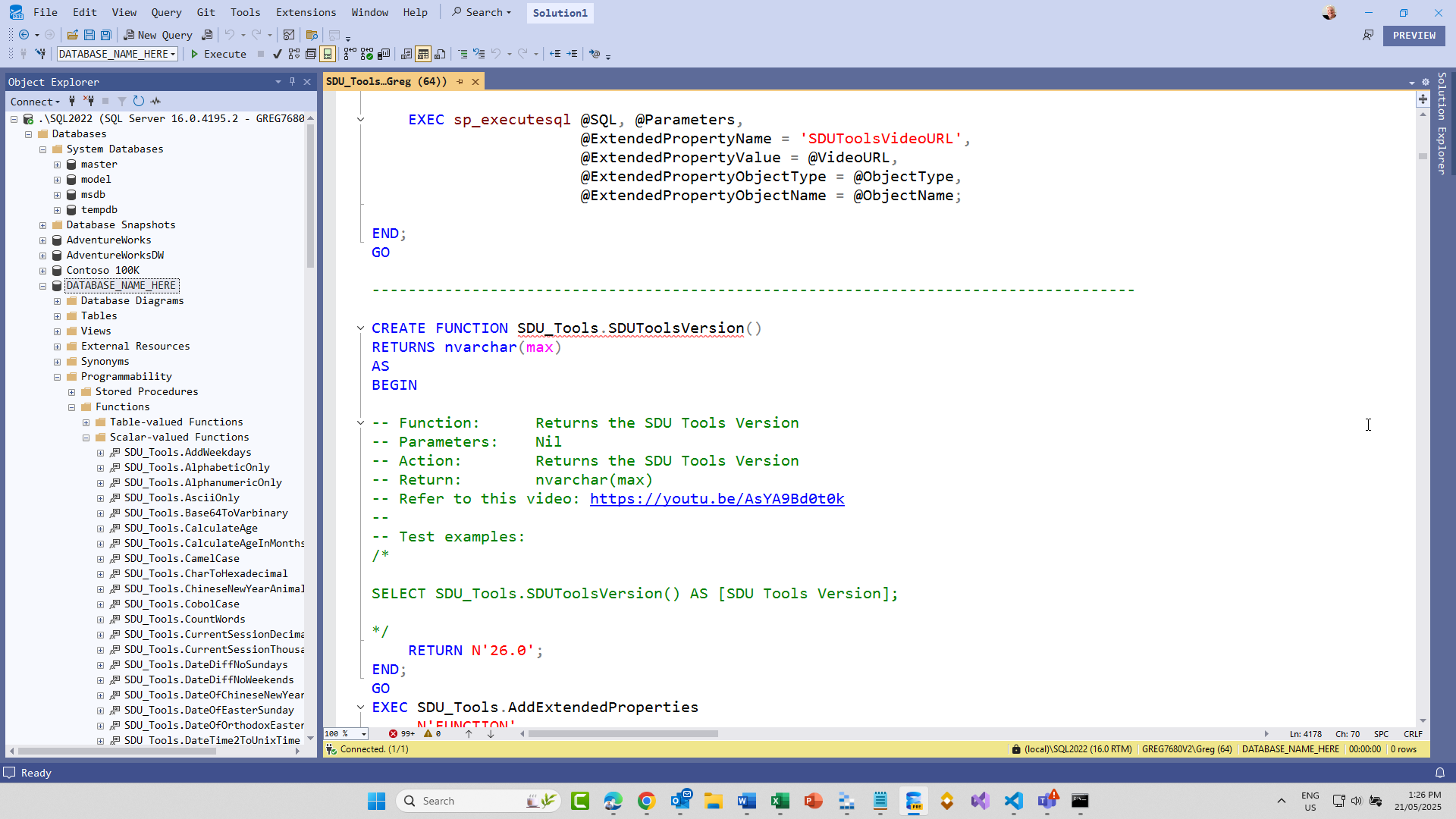
SQL Interview: 60 Rowversion vs Timestamp
This is a post in the SQL Interview series. These aren’t trick or gotcha questions, they’re just questions designed to scope out a candidate’s knowledge around SQL Server and Azure SQL Database.
Section: Development Level: Medium
Question:
You are reviewing T-SQL code from an application.
You notice in the definition of some tables, the timestamp data type has been used. In other tables, the rowversion data type has been used for similar purposes.
2025-07-03





